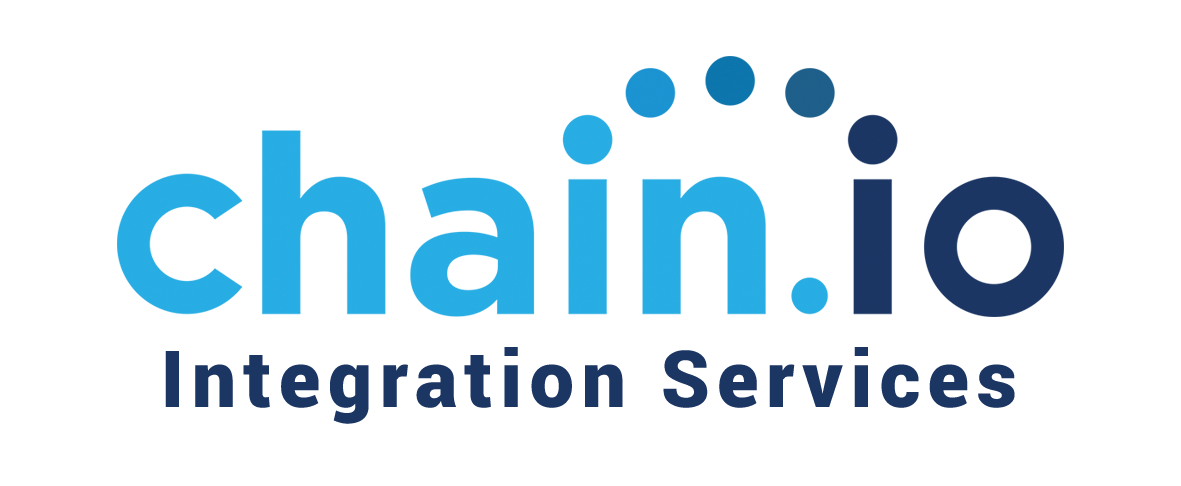Workers at the New York City Department of Planning will soon have tools at their disposal that you’d be more likely to find at a venture-backed startup than at a city agency.
That’s because the department launched NYC Planning Labs this week, which will be led by one of its employees, Chris Whong.
“I think a lot of what we do will be in building web tools that provide instant access to information through well-designed user interfaces,” Whong wrote in an email to Technical.ly.
One example of a project we might see come out of the planning lab is the NYC Facilities Explorer, which Whong and others in the department built in March. It’s a database of every city-connected property in the city, displayed on an interactive map. With the map, city planners could save loads of time by referencing the map rather than dig through raw data. They would also have a better grasp of the context of the situation by being able to see everything around what they’re focusing on.
Whong showed off the project this spring at a NYC School of Data event, where Stuart Lynn, a map scientist at Bushwick startup CARTO, was in attendance.
It's incredibly exciting to see NYC government taking on this approach in its planning department.
“Watching Chris unveil the NYC Facilities Explorer at the School of Data event was really eye opening, not necessarily because the product was so good, but because it had been produced in a government department,” Lynn wrote in an email. “The real promise of what Chris is trying to do is bringing the best of what the wider civic tech community has been doing to the people who know the data best.”
The lab will focus on projects that take four to six weeks from inception to deployment, so the work will move quickly.
We asked one of New York’s top urban data scientists, Ben Wellington of iQuantNY, what he thought of the city’s effort.
“Often, ‘labs’ portions of organizations have the freedom and flexibility to experiment in new and exciting ways that might fall outside the day-to-day mandates of any particular group in that organization,” he wrote in an email. “This sort of innovative spirit works its way back into the rest of the organization over time, as members of the labs team interacts with others internally. It’s incredibly exciting to see NYC government taking on this approach in its planning department and I’m excited to see what comes out of it.”
One thing that could come out of it is adoption by other city agencies or other cities entirely. That’s because Whong will make the code for the tools the labs create open sourced and available on GitHub.
“A realistic outcome is that a web map project that might have taken months to build from scratch could be achieved in days or weeks because it only involves slight modification of one of our existing projects,” he wrote.
Time will tell if that open source ethos will overcome bureaucratic inertia, but it’s certainly a step in the right direction.







